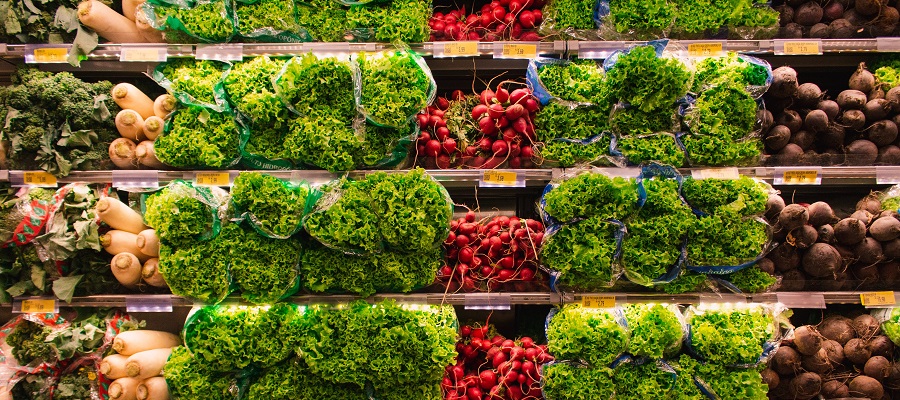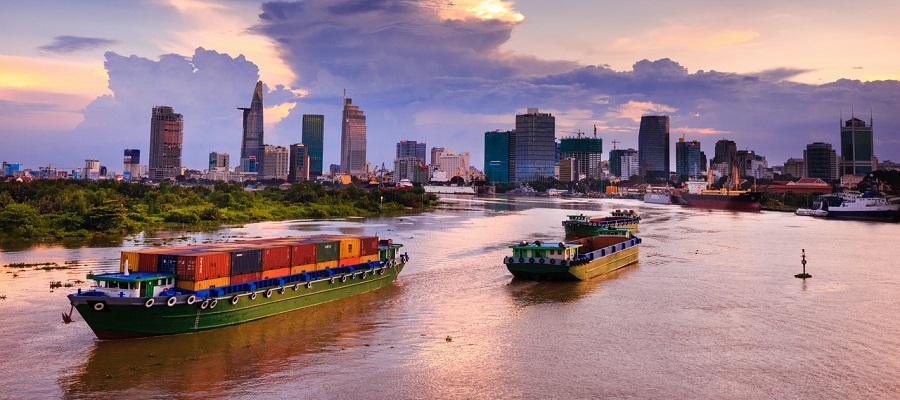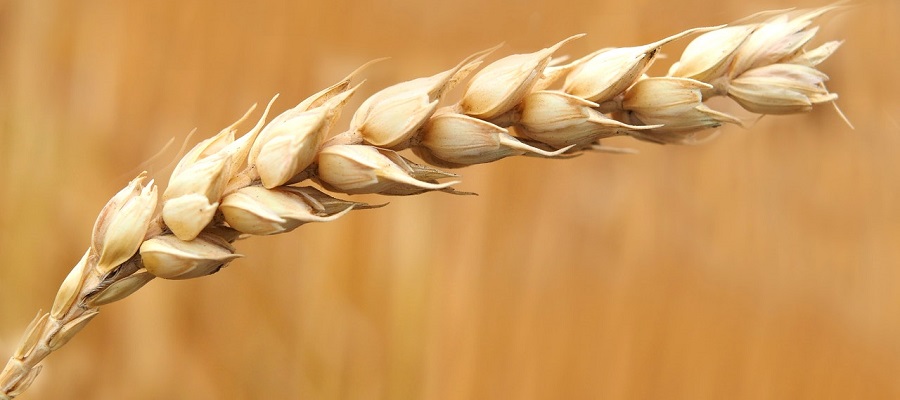Fair trade is now an important part of agricultural sustainability's issues of quality fairness features. Understand regarding fair trade inside the United States and overseas, including the criteria and licenses available to farmers and enterprises concerned with the socioeconomic aspects of agricultural management.
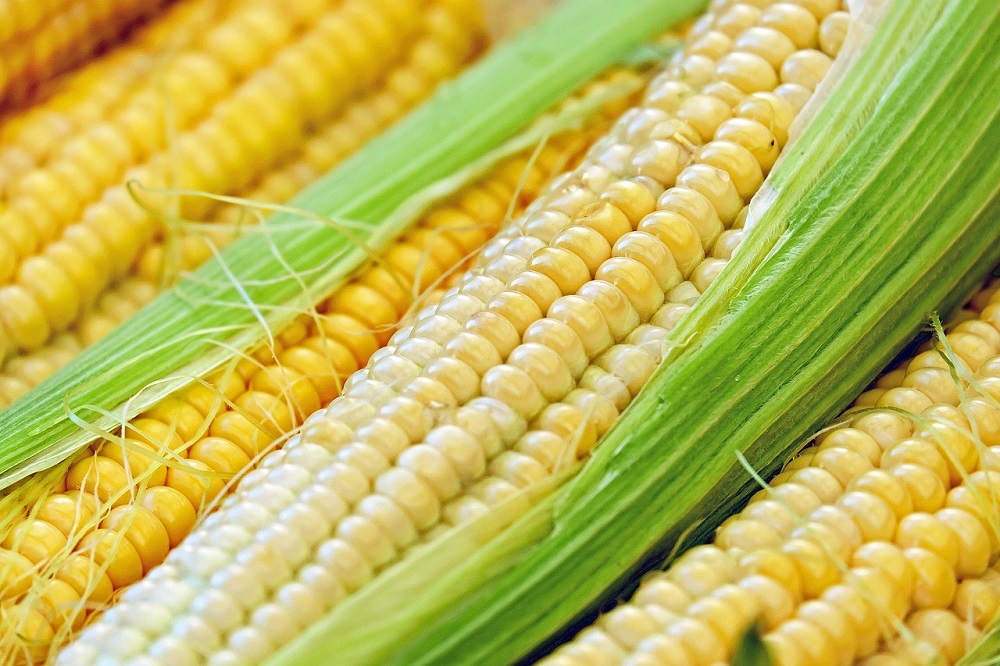 Delicious corn - Source: pixabay.com
Delicious corn - Source: pixabay.com
Agricultural commodities are being used as a food source but also an industrial component. Corn is consumed both by humans and other species, and can also be used in the creation of fuel. People eat cow's cattle, and a lot of factories use the skin, fats, as well as bones of calves to make products.
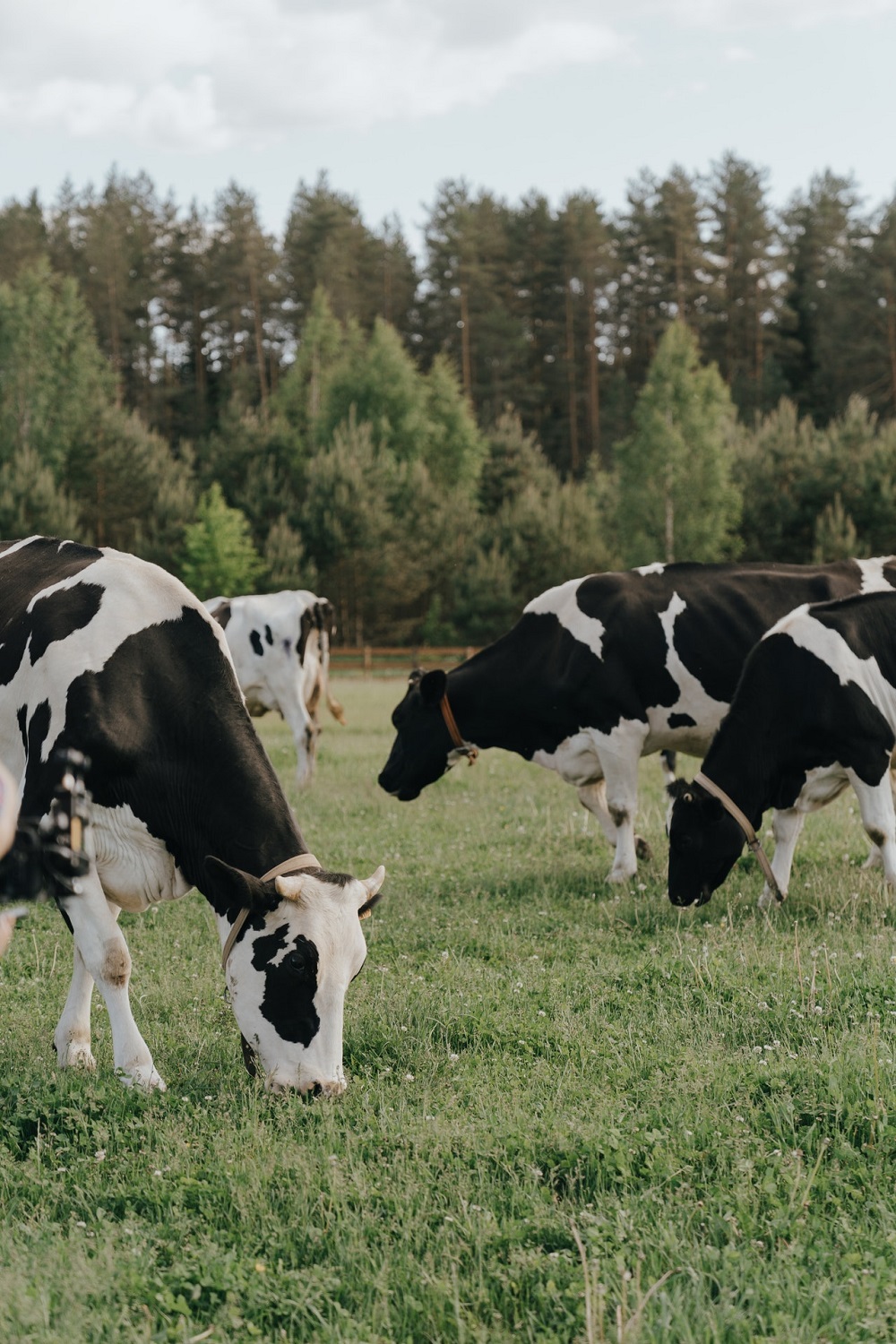
Fairtrade also affects animals - Source: pexels.com
The Fairtrade offers an extra reward to farmers, empowering them to invest in the future. People in rural areas must be organised, included, democratic, as well as accountable throughout order to negotiate or protect a better deal, according Fairtrade Standards.

A group of sheep - Source: pexels.com
Although the global government's plan to boost agricultural productivity through implementing the Green Revolution had been successful, this really created some serious long-term global challenges, including such biodiversity loss and economic disparity in agricultural economy. Poor farmers are among those who have not benefited from Green Revolution. Fair trade for agricultural commodities appears to become a way to solve problems even though it is focused on natural concepts (food production, food standards, reduction of poverty, but also ecologically responsible practises) but a trading platform that enables poor farmers by increasing bargaining and availability of information. Fair trade decreases poverty and governmental fertiliser subsidies, increases rural incomes, and motivates small farmers, according to research conducted at the macroeconomic level using simulations based on theoretical information and case surveys done at the local levels. Fair trade regarding organically agricultural products must be formed as a result. To encourage the growth of fair trade regarding agricultural commodities, the state and/or organisations that boost fair trade must prioritise certification, incentives for farmers just at early stages, market magnitude, but also demand and supply understanding of the value of fair-trade.
Fair trade's goal
Fairtrade pushes for more influence over the destinies of farmers and workers. Without compromising our standards, costs, or aim of making financial work to everybody along with the distribution network, we join with agricultural producers in solidarity.
Fairtrade ensures producers get paid fairly
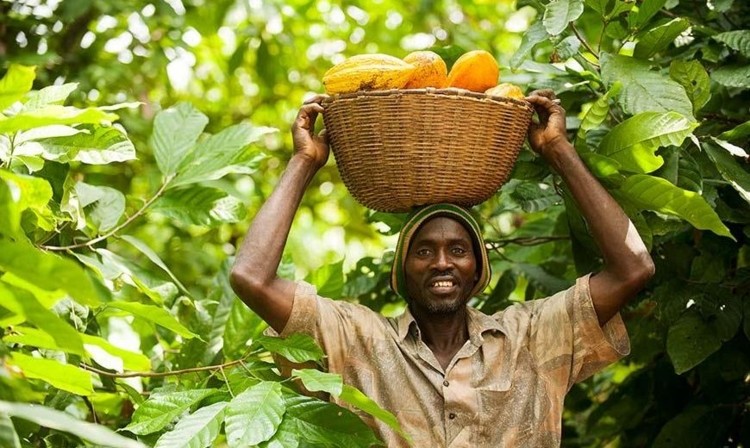
Happy farm worker - Source: confectionerynews.com
There seems to be a Fairtrade standard rate for most Fairtrade commodities, which serves as a vital welfare program for farmers who are vulnerable to market price fluctuations. Farmers will be able to earn a consistent income & think about the future like a result of this. Fairtrade is now the only certifying programme that provides farmers with a specific minimum price guarantee. A Fairtrade Surcharge is also compensated together into communal fund that workers as well as farmers to utilise however they see appropriate – this might be for their child's education and welfare, upgrading their business, or creating community facilities such as roads & dams.
Alternative Trade - Fair Trade
1.Improve farmers' lifestyles and well-being by increasing market access, building producer groups, charging higher price, or maintaining a stable trading relationship.
2.Promote development opportunities among underserved producers, particularly women and native communities, especially prevent kids from exploitation in the manufacturing process.
3. To increase consumer understanding of world deal's negative consequences on producers therefore that they can use his purchasing power wisely.
4. To lead by example in terms of trade cooperation through communication, transparency, & mutual respect.
5. To advocate for modifications to traditional global trade rules and practises.
6. To safeguard human rights by promoting social fairness, environmental stewardship, and economic stability.
Fairtrade has gradually grown in importance for developing-country agro - food products, particularly for products like coffee, teas, cocoa, & bananas (DeFries et al., 2017; Dragusanu et al., 2014; Meemken 2020; Minten et al., 2018).
The Fairtrade policy aims to enhance the socioeconomic conditions of smallholder by providing a fixed floor price as well as an additional bonus to encourage community improvement (Fairtrade International, 2020).
Challenges in Developing Fair Trade:
Challenges in developing fair trade are (a) a lack of campaign funding, (b) the capitalist system's hegemony, (c) native customs and politics' opposition to social change, (d) small - scale farmers' restrictions on access to competition law and policy, (e) imbalanced financial information from international media, (f) limited consumer spending, and (g) an inadequate information and understanding about environmental protection. Of course, these issues will need to be researched more in the marketplace.
Fairtrade is a form of alternative commerce that aims to empower small farmers in underdeveloped countries. Organic farming benefits the government by lowering poverty and fertiliser subsidies while also increasing farmer revenue. Farmers benefit not just from huge earnings, but also from their independence, which they achieve by employing domestically resources, providing actual access to new customers, and boosting their bargaining power.
References:
- DeFries et al., 2017 R.S. DeFries, J. Fanzo, P. Mondal, R. Remans, S.A. Wood Is voluntary certification of tropical agricultural commodities achieving sustainability goals for small-scale producers? A review of the evidence Environ. Res. Lett., 12 (2017), Article 033001
- Dragusanu et al., 2014 R. Dragusanu, D. Giovannucci, N. Nunn The economics of fair trade J. Econ. Perspect., 28 (2014), pp. 217-236
- Fairtrade International, 2020 Fairtrade International How Fairtrade certification works https://www.fairtrade.net/about/certification (2020), Accessed 1st Dec 2020
- Minten et al., 2018 B. Minten, M. Dereje, E. Engida, S. Tamru Tracking the quality premium of certified coffee: evidence from Ethiopia World Dev., 101 (2018), pp. 119-132
- Sellare et al., 2020a J. Sellare, E.-M. Meemken, M. Qaim Fairtrade, agrochemical input use, and effects on human health and the environment Ecol. Econ., 176 (2020), p. 106718
